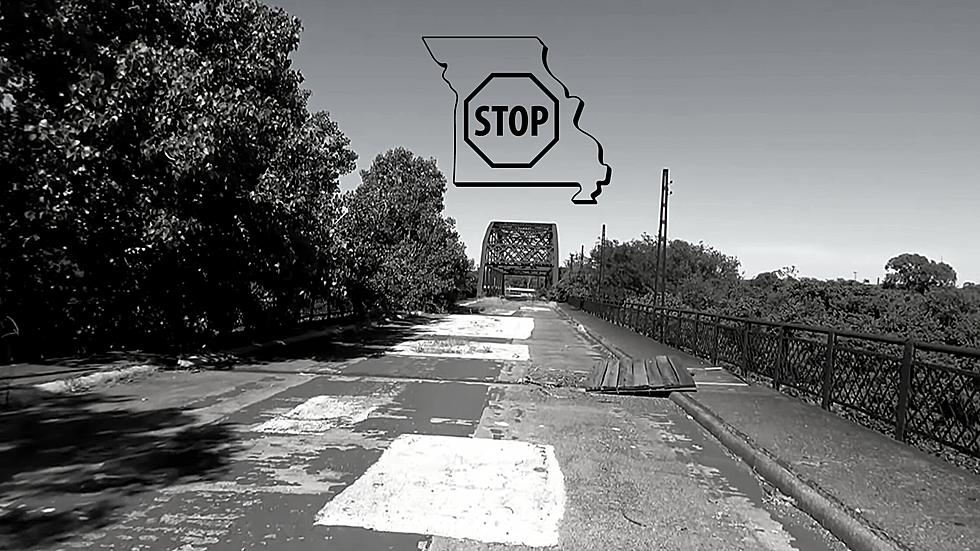
Exploring Sedalia History: The Gentry House In Photos
I am not any type of historian. I guess I'm just curious.I'm sure you've driven by it. It's had a bunch of different names over the years: Oak Dale, Dale Family Farm, Curry Farm, The Cloney Mansion, but I like to call it the Gentry House. Again, I'm no expert, but I try to learn things. I heard some stories over the years from my Grandmother about the place, but I've never been to it myself. Sure, I've driven by, but that's not the same. I've always been curious, but I'm not going to do something stupid like trespass. Even if I went over there and knocked, I'd feel like I was... I don't know. Imposing. But, it turns out my curiosity can be satiated without breaking the law. The Gentry House was registered with the National Registry of Historic Places back in 1996, and in the application, they included several pictures as well as very interesting information about the house and the family.
Apparently the Gentry family moved onto the land in the mid 1840's. I'm not sure if I'm reading this right, but it seems as if William Gentry's wife Ann inherited about eight hundred acres in that area, and William bought more of the surrounding land and farm after that. They started building the house proper around 1854 and finished by 1855. Before that, they either lived in a log cabin or something similar. They were very successful farmers and had several animals over the years. Here's an excerpt from the application to give you an idea:
The 1850 agricultural census credits Gentry with owning 53 asses and mules at a time when most of his neighbors had none. Such a large number probably indicates that he raised "Missouri" mules for export during this period. In 1850 Gentry also owned 10 cows, 75 beef cattle, 70 sheep and 160 swine as well as 10 horses and 8 oxen, valued at $3,945. His farm produced 6,500 bushels of corn, 100 bushels of wheat, 10 bushels of rye, 400 bushels of oats, 8 bushels of potatoes, 5 bushels of sweet potatoes, 50 pounds of wool, 100 pounds of butter, 15 pounds of cheese, 20 pounds of flax and $30 worth of homemade manufactures. Slaughtered animals were valued at $40. By the end of the decade, Gentry had significantly increased his farm's output although the number of mules was sharply reduced.
Wow! It's so interesting to get a small idea of what life was like back then. I can't imagine the day to day activities of the Gentry family. I would love to be a fly on the wall during the conversations William and Ann had about what they wanted their house to be. It must have been the culmination of a lot of work.
So, have a look at them for yourself!
Historically yours,
Behka
More From KIX 105.7










